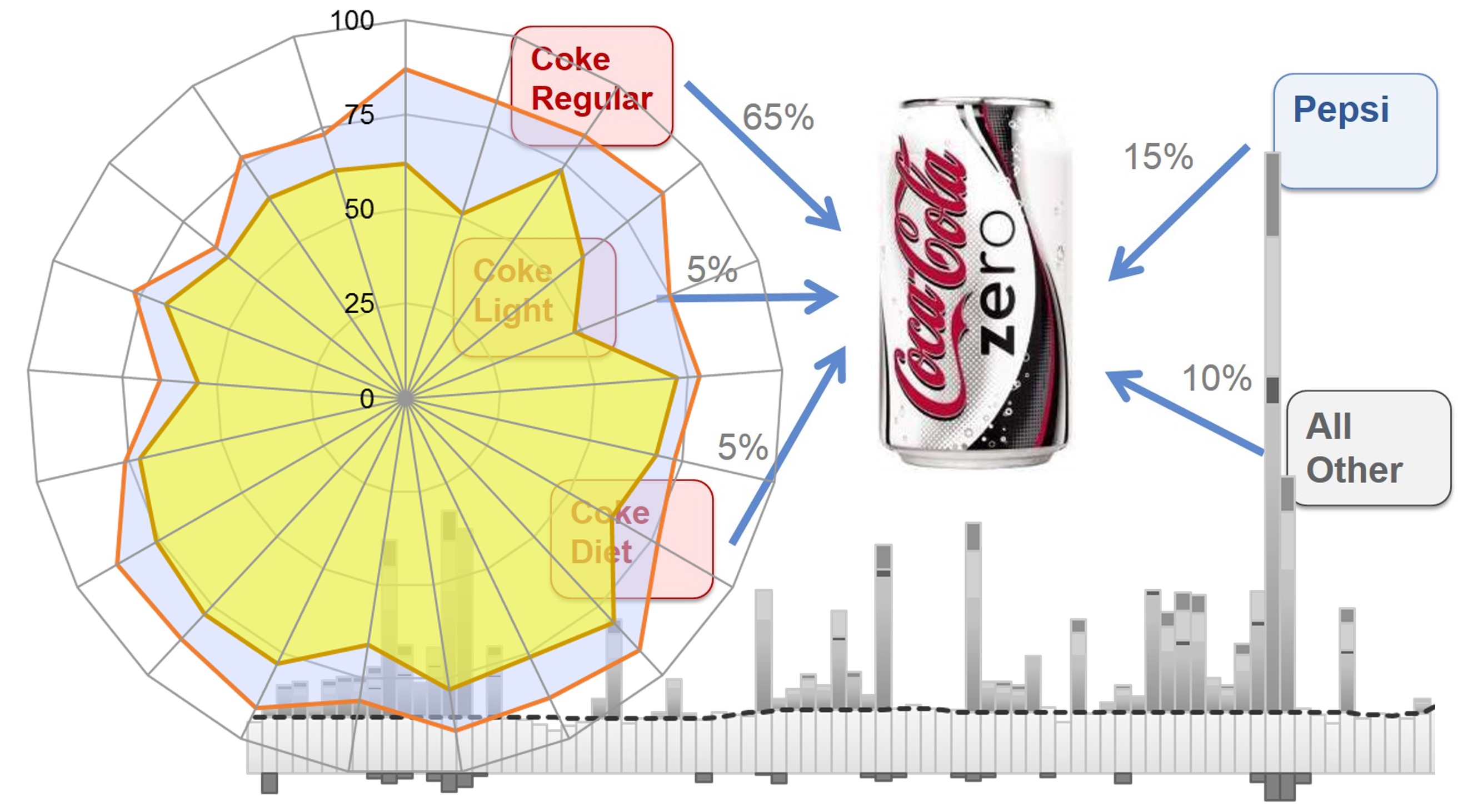-
Digital Marketing
Digital Marketing
New Media, New Imperatives
People Power
Engaging with Consumers in Cyberspace
Word-of-Mouth and Brand Meaning Management
Heightened Accountability
Dove Bottle Advertisement
Market Globalization
Marketing to Individuals
Media Convergence
Data Power
What Works Online
Sugarpova
Chobani
Building Online Assets
Apps
Content is King
Personalization
Buzz (word-of-mouth) Marketing
Growth of Advertising on the Internet
Advertising on the Internet
Outbound Advertising
Inbound Advertising
Viral Advertising
Digital Advertising Formats
Targeting
Mobile Advertising
Search Advertising
Social Media Advertising
- New Media
- Digital Marketing
- YouTube
- SEO
- Search Advertising
- Web Analytics
- Execution
- Case — Prop-GPT
ThinkBusiness: Dollars, Digits and Data
Today: Dollars, Digits and Data
ThinkBusiness: Disrupting marketing
Dove Bottle Ad
ThinkBusiness: Social Cloisters and Fake News
- Marketing Education
- How to Choose the Right Marketing Simulator
- Self-Learners: Experiential Learning to Adapt to the New Age of Marketing
- Negotiation Skills Training for Retailers, Marketers, Trade Marketers and Category Managers
- Simulators becoming essential Training Platforms
- What they SHOULD TEACH at Business Schools
- Experiential Learning through Marketing Simulators
-
MarketingMind
Digital Marketing
Digital Marketing
New Media, New Imperatives
People Power
Engaging with Consumers in Cyberspace
Word-of-Mouth and Brand Meaning Management
Heightened Accountability
Dove Bottle Advertisement
Market Globalization
Marketing to Individuals
Media Convergence
Data Power
What Works Online
Sugarpova
Chobani
Building Online Assets
Apps
Content is King
Personalization
Buzz (word-of-mouth) Marketing
Growth of Advertising on the Internet
Advertising on the Internet
Outbound Advertising
Inbound Advertising
Viral Advertising
Digital Advertising Formats
Targeting
Mobile Advertising
Search Advertising
Social Media Advertising
- New Media
- Digital Marketing
- YouTube
- SEO
- Search Advertising
- Web Analytics
- Execution
- Case — Prop-GPT
ThinkBusiness: Dollars, Digits and Data
Today: Dollars, Digits and Data
ThinkBusiness: Disrupting marketing
Dove Bottle Ad
ThinkBusiness: Social Cloisters and Fake News
- Marketing Education
- How to Choose the Right Marketing Simulator
- Self-Learners: Experiential Learning to Adapt to the New Age of Marketing
- Negotiation Skills Training for Retailers, Marketers, Trade Marketers and Category Managers
- Simulators becoming essential Training Platforms
- What they SHOULD TEACH at Business Schools
- Experiential Learning through Marketing Simulators
Social Media Advertising
As consumers increasingly spend more time on social media, large platforms such as Facebook, Instagram, Twitter, YouTube, and LinkedIn have become major players in the advertising industry. These social media platforms possess a vast amount of user information that can be effectively utilized to personalize advertisements and target consumers based on their interests or connections. Custom/tailored audiences and lookalike audiences are also effective targeting approaches that blend well with social media channels. (Details about targeting options are covered in the section Targeting. Targeting).
Social media platforms offer marketers a wide range of options to advertise and engage with consumers. For example, on Facebook, in addition to organic reach, advertisers can “boost” their posts to expand reach within their fan base, or they can choose from a vast range of other paid advertising options to finely target audiences. These options are covered in Chapter Facebook. Similarly, Twitter provides various advertising options, such as promoter tweets, trends, and promoted accounts, that show up on users’ news feeds, while on YouTube advertisers can use branded channels, promoted videos, and in-video advertising.
Social media ads are generally configured to achieve one or more of the following objectives:
- Drive traffic to websites and online stores.
- Drive traffic to physical retail outlets or events.
- Generate sales and leads.
- Install apps.
- Encourage engagement, both behavioural (e.g., stimulate “likes”) and attitudinal (Cognitive/Affective).
Call-to-action buttons such as “buy”, “join”, “install”, or “like” are frequently used in ads to prompt users to take action. Users can click on a “buy” call-to-action, for example, to purchase an item from the marketer without leaving the social media site.
However, click-through rates (CTRs) for social media ads are generally low, usually below 2.0 clicks per thousand impressions for most markets. It takes a large number of impressions to generate the number of clicks that the advertiser is paying for. Nonetheless, these ads help to generate visibility and can stimulate attitudinal engagement. They generate salience, affinity, and feelings and emotions for the brand.
Social media marketing is primarily outbound in nature and tends to interrupt users. As such, it needs to be well-directed, contained, and managed so that users are not overwhelmed by the content.
Previous
Use the Search Bar to find content on MarketingMind.
Digital Marketing Workshop

Unlock the Power of Digital Marketing: Join us for an immersive online experience designed to empower you with the skills and knowledge needed to excel in the dynamic world of digital marketing. In just three days, you will transform into a proficient digital marketer, equipped to craft and implement successful online strategies.
Marketing Analytics Workshop

In an analytics-driven business environment, this analytics-centred consumer marketing workshop is tailored to the needs of consumer analysts, marketing researchers, brand managers, category managers and seasoned marketing and retailing professionals.
Contact | Privacy Statement | Disclaimer: Opinions and views expressed on www.ashokcharan.com are the author’s personal views, and do not represent the official views of the National University of Singapore (NUS) or the NUS Business School | © Copyright 2013-2024 www.ashokcharan.com. All Rights Reserved.





